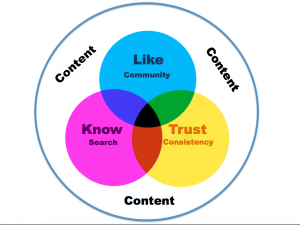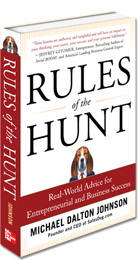Desperate makes us both feel cheap (pricing strategy)
October 5, 2012
 Your pricing strategy should never be accidental. It’s a vital element in your marketing mix.
Your pricing strategy should never be accidental. It’s a vital element in your marketing mix.
Let me give you an example: We use an outside vendor to provide extranet services for our clients. We’d been with them for over five years.
We recently discovered a better solution. Not only is it better, but it’s also less expensive. It wasn’t so much the fact that it was cheaper that sold us. It was the ease of use for our clients.
But cheaper doesn’t hurt. And this was cheaper by a couple hundred dollars a month.
When I contacted the old vendor to cancel our service, guess what their immediate response was. “We can match their price.”
What? So you’ve been overcharging me for years? Or you magically just had a price reduction to the very dollar amount of my new vendor and you were about to call and tell me about it?
We’re still leaving but now, instead of feeling a little guilty about leaving our old vendor, I’m feeling a bit used. If they’d valued our business – why didn’t they offer us this new price while we were still their customer?
Talk about leaving a bad taste in my mouth.
Dropping your price just to keep a customer is never a good strategy. It makes everyone feel a little cheap. In the end, no one wins and you can kiss any sort of recommendation goodbye.
Your pricing strategy is one of the key components of your marketing message.
It speaks about things far beyond your cost. It communicates value, customer attentiveness and how you view the relationship, both short and long term. It’s not something you should just stumble into. And it’s not something you should damage by mishandling a situation, like our old vendor did.
More

















